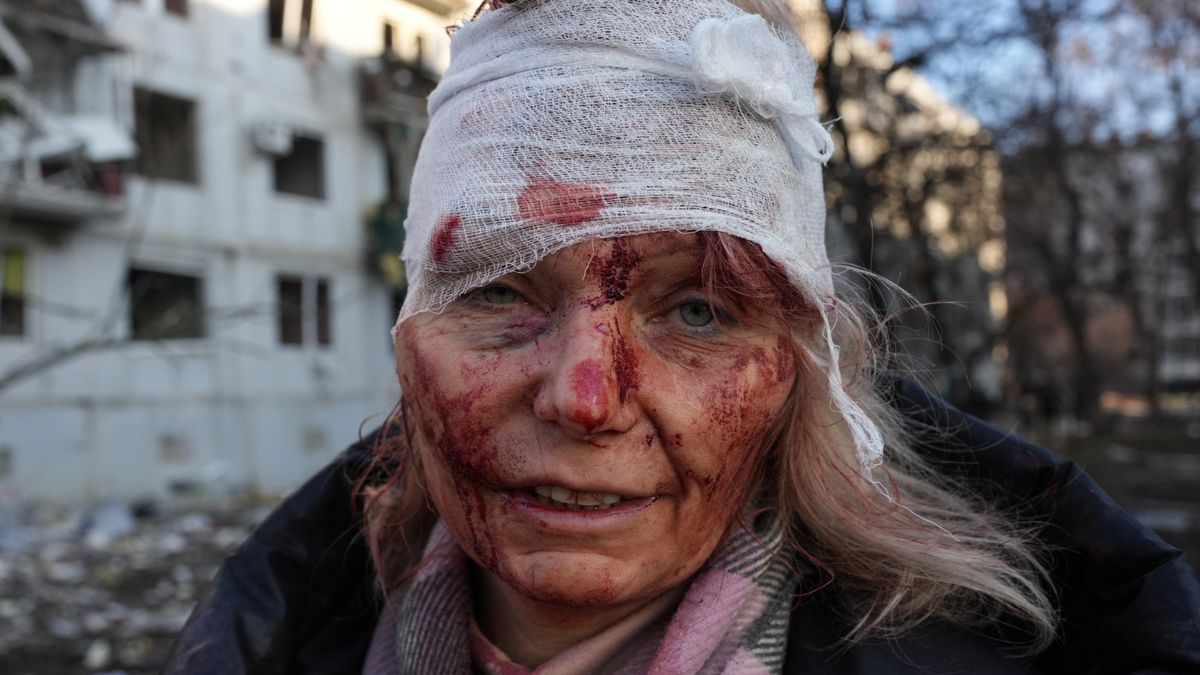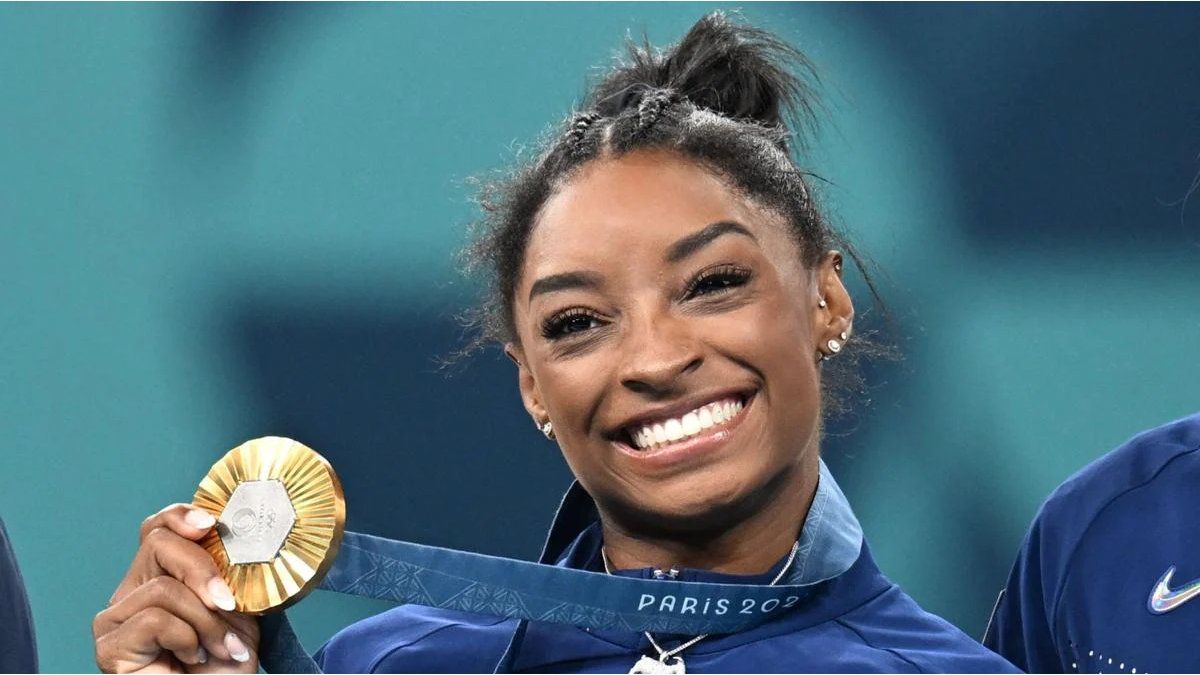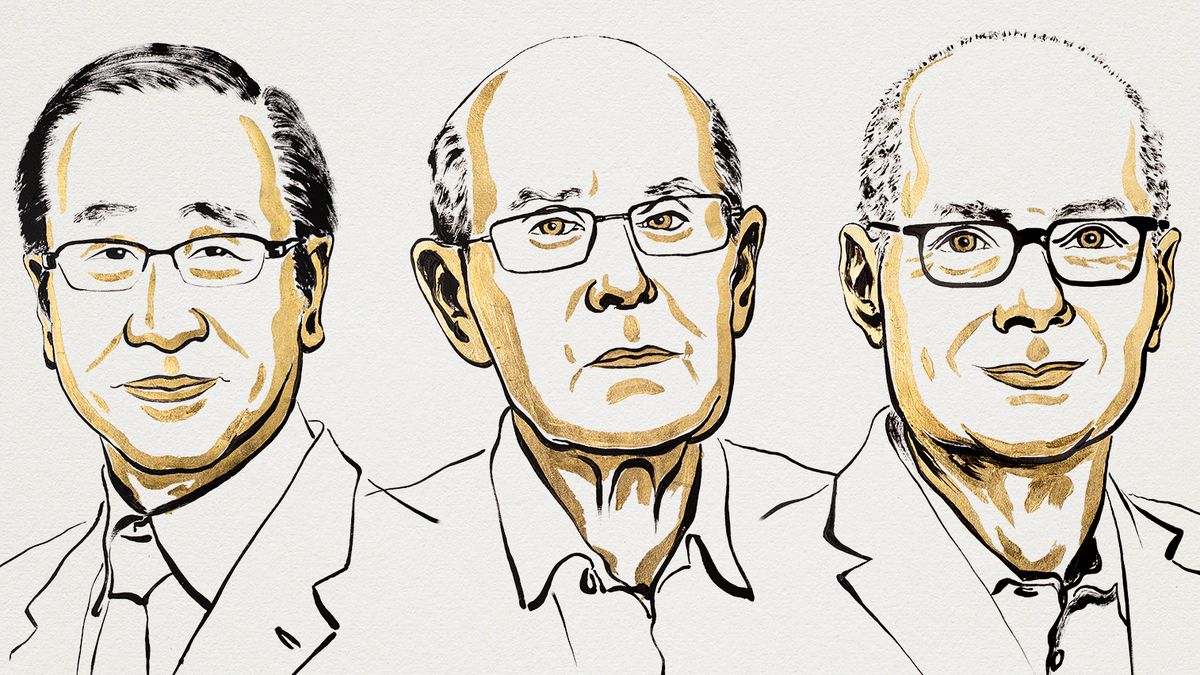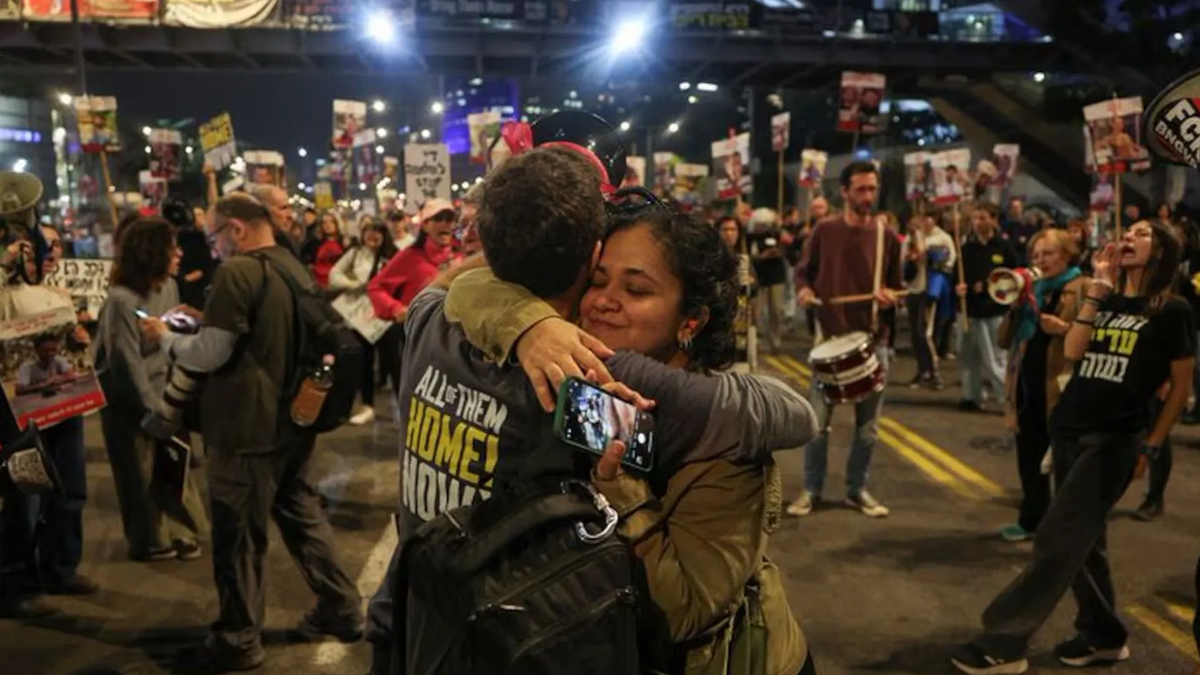When did the conflict between Russia and Ukraine start?
On December 1, 1991, a country still integrated into the Soviet Union (which was dissolved on December 25, 1991), Ukraine votes in a referendum in favor of independence, immediately recognized by the Russian president. Boris Yeltsin.
On December 8, Russia, Ukraine, and Belarus sign an agreement establishing a Commonwealth of Independent States (CIS).
However, for the next five years Ukraine will try to free itself from the political tutelage of its great neighbor, which began three centuries ago.
Ukraine is not fully committed to the CIS, perceived as a structure dominated by Russia, which is trying to add the former Soviet republics.
On December 5, 1994, Russia, Ukraine, Belarus, Kazakhstan, the United States and the United Kingdom sign the Budapest Memorandum on security guarantees.
The signatories undertake to respect the independence, sovereignty and borders of Ukraine in exchange for abandoning the atomic weapons it had inherited from the Soviet Union.
On May 31, 1997, Russia and Ukraine sign a friendship and cooperation treaty, which does not, however, clear up the ambiguity of Kiev’s relations with the NATO.
The Kremlin strongly opposes Ukraine or any other former Soviet republic joining the Atlantic Alliance.and this has been Putin’s main argument for mobilizing more than 150,000 Russian soldiers to the borders, many of whom are participating in the invasion this Thursday.
Russian soldiers on the border with Ukraine
Russian tanks on the border with Ukraine
Photo: The Independent
Russia, then Kiev’s main trading partner, will however retain its “economic weapon” against Ukraine, heavily dependent on Russian oil and gas.
In November 2004, the pro-Russian candidate Victor Yanukovych wins the presidential election in Ukraine, which the opposition denounces as fraudulent.
A massive mobilization, the call Orange Revolutiongets the election annulled by the Supreme Court.
Ukraine Orange Revolution
Photo: Soyde.com
On December 26, the leader of the Orange Revolution, the pro-Western opposition Viktor Yushchenkowho had suffered a mysterious poisoning during the campaign, opens a new political era in Ukraine by ending the 10-year presidency of leonid kuchma (1994-2005), which zigzagged between the EU and Moscow.
Yushchenko reiterated Ukraine’s willingness to join the European Union and, shortly after, the NATO leaders agreed that it had a vocation to join the Atlantic Alliance, provoking the wrath of Russia.
Russia and Ukraine wage several political-commercial wars, including the gas war from 2006 to 2009, which disrupts Europe’s energy supply.
In 2010, Viktor Yanukovych is elected president and launches a spectacular policy of rapprochement with Russia, but assures that the elaboration of an “association agreement” with the European Union remains the priority.
Yanukovych and Putin
Photo: Reuters
However, in November 2013, Yanukovych refused at the last minute to sign the agreement with the European Union and reactivated economic relations with Russia.
This change in policy unleashes a pro-European protest movement whose symbol is the demonstration in the Maidan Square (Independence Square) in Kiev.
What part of Ukraine does Russia invade?
The rebellion ends in February 2014 with the dismissal and flight of Yanukovych to Russia. after the repression of the demonstration, in which a hundred demonstrators and 20 policemen died.
In response, Russian special forces take control of crimeawhich Russia decides to annex in March 2014.
In April, Russian separatists seize the most important places in donbasthe Russian-speaking region of eastern Ukraine, leading to a war in May.
Since 2014, the conflict in eastern Ukraine has killed 14,000 people.
Ukraine soldiers
A Ukrainian soldier surveys the damage caused by a grenade on a building in Luhansk.
Photo: AP
Kiev and Western countries claim that Russia organized the separation of the self-proclaimed people’s republics of Donetsk and Lugansk in retaliation for Ukraine’s pro-Western turn.
Which countries are with Russia?
This year, Putin concentrated hundreds of thousands of troops on Ukraine’s borders, citing security concerns over Ukraine’s NATO accession progress. Failed diplomatic efforts with the United States and the Alliance, which included Moscow’s demand that Kiev never become a member, paved the way for Russia to recognize the independence of Donetsk and Lugansk earlier this week.
In the early hours of February 24, Putin announces a “military operation” in Ukraine, which the Ukrainian Foreign Minister describes as a “large-scale invasion” and which was only supported by former USSR countries with close ties to the Kremlin and by Chinawho expressed his understanding of Russia’s concerns about his security.
Source: Ambito
David William is a talented author who has made a name for himself in the world of writing. He is a professional author who writes on a wide range of topics, from general interest to opinion news. David is currently working as a writer at 24 hours worlds where he brings his unique perspective and in-depth research to his articles, making them both informative and engaging.




